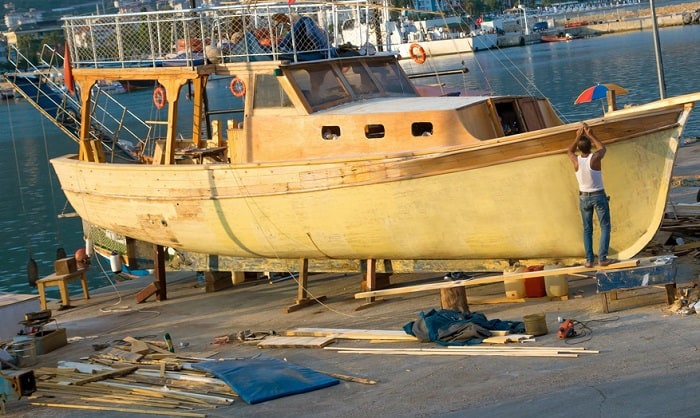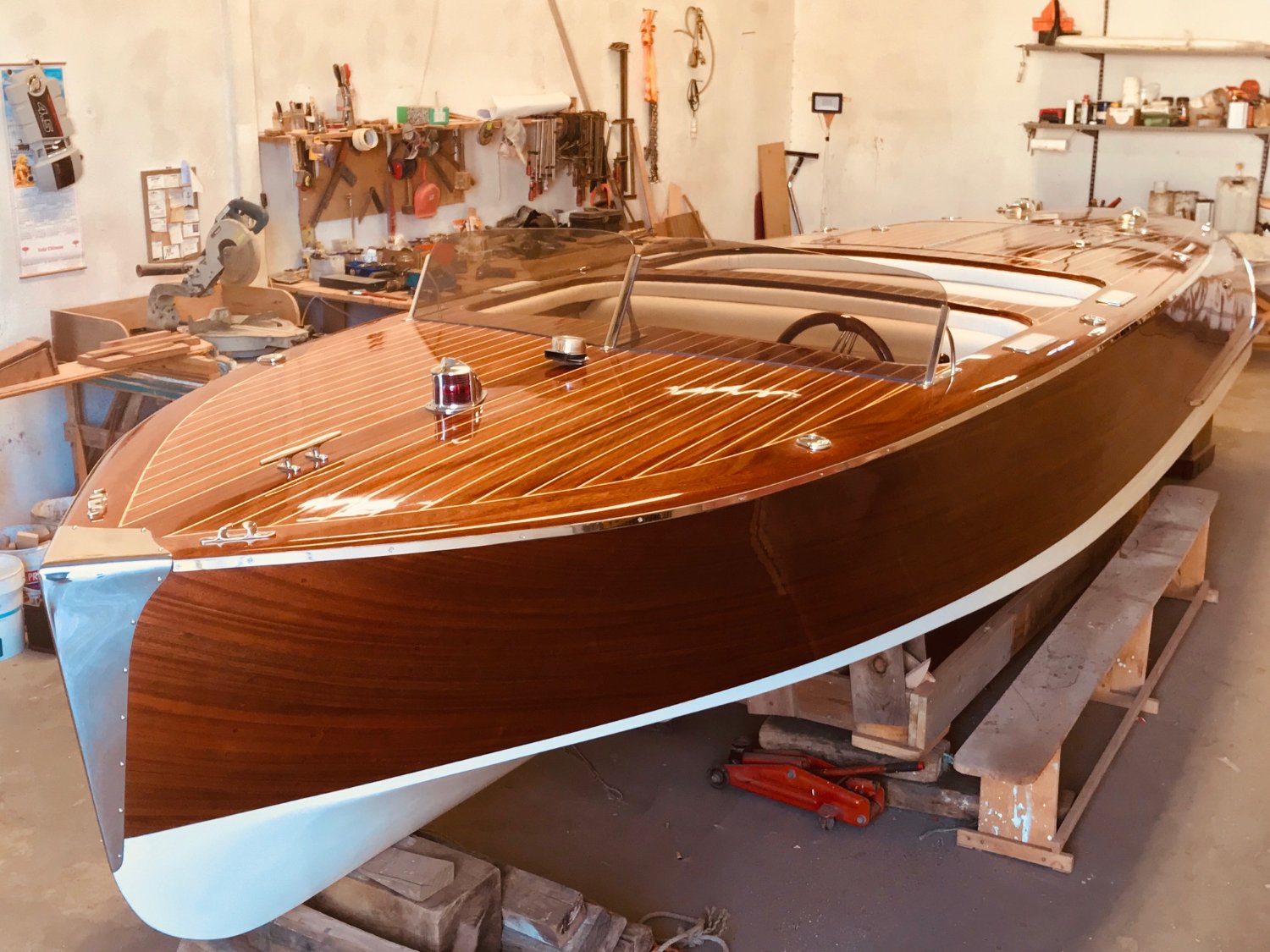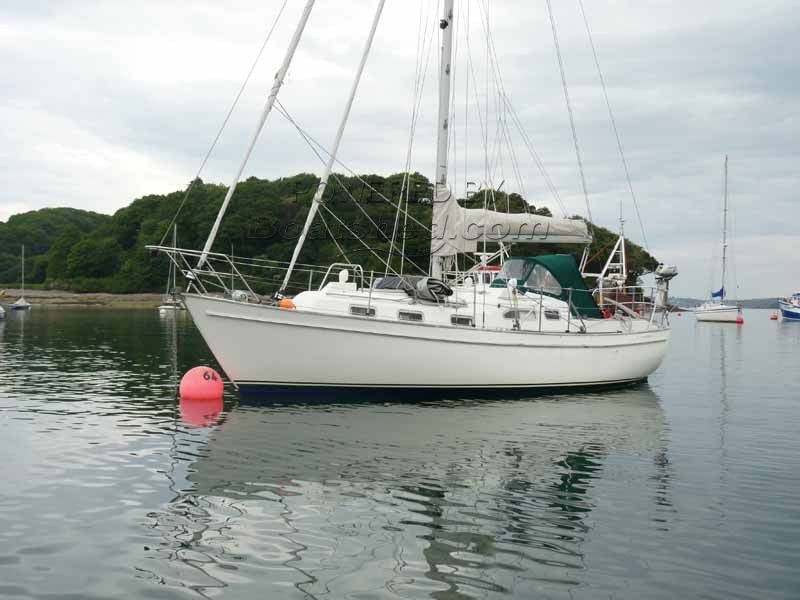
Beyond the Blueprint: Unveiling Hidden Potential in Boat Plans and Kits
Building your own boat is a rewarding endeavor, a testament to human ingenuity and craftsmanship. But beyond the readily available plans and kits, lies a world of untapped potential. This article delves into rarely discussed aspects of boat building, offering fresh perspectives for hobbyists, professionals, and educational institutions alike.
The Unsung Hero: Material Selection Beyond the Standard
Most boat plans default to traditional materials like plywood and fiberglass. But what if we explored alternatives? This isn't just about cost; it's about performance and sustainability.
Q: What about using recycled or reclaimed materials?
A: Think reclaimed wood from old barns (carefully treated for rot and marine worms, of course!), or even repurposed plastic â€" a growing area of research in sustainable boat building. This reduces environmental impact and adds a unique character to your vessel. The challenge lies in sourcing and treating these materials appropriately. Research into appropriate treatments and structural integrity is crucial.
Q: How can we incorporate composite materials for enhanced performance?
A: Beyond simple fiberglass, consider carbon fiber or Kevlar reinforcement in high-stress areas like the hull bottom or keel. While more expensive, these materials offer significant weight reduction and strength gains, leading to improved speed and fuel efficiency. This isn’t a beginner’s project, requiring specialized knowledge and equipment. Look to online forums and specialized publications for detailed guides.
Beyond the Basic Design: Integrating Smart Features
Standard boat plans rarely address the integration of modern technology. Let's change that.
Q: How can we incorporate smart sensors for boat monitoring?
A: Integrating sensors for water level, hull integrity, and even engine performance can significantly improve safety and maintenance. This requires careful planning during construction and involves integrating small, waterproof sensors into the boat's structure. This is an area where collaboration with electronics enthusiasts can be invaluable.
Q: Can we integrate renewable energy sources?
A: Solar panels integrated into the deck or even a small wind turbine could provide auxiliary power, reducing reliance on fossil fuels. Careful consideration of weight distribution and wiring is vital. This is an exciting area with potential for significant energy savings, yet it demands a deeper understanding of electrical systems and marine applications.
Real-World Examples: Lessons from the Field
Let's learn from those who have pushed the boundaries.
Story 1: A recent project documented on a popular boat-building forum showcased a builder who successfully integrated recycled plastic bottles, compacted and sealed, into the hull structure of a small fishing boat. The result was a surprisingly strong and buoyant vessel, illustrating the potential of innovative material use. The builder emphasized meticulous planning and testing as crucial to success.
Story 2: Another builder, a professor of engineering, incorporated a network of small, self-monitoring sensors into his sailboat’s structure, allowing for remote monitoring of various parameters. This not only improved safety but provided valuable data for future design iterations. This project highlight’s the potential of integrating cutting-edge technology with traditional boat building techniques.
Conclusion: The Future of Boat Building is Collaborative and Innovative
Building a boat transcends mere construction; it's an exercise in creativity, problem-solving, and resourcefulness. By embracing new materials, incorporating smart technologies, and learning from the experiences of others, we can unlock the true potential of boat plans and kits and create vessels that are not only functional but also sustainable and technologically advanced. The future of boat building lies in collaboration and innovation, pushing the boundaries of what’s possible.
Further Exploration:
- Explore online forums dedicated to boat building and sustainable materials.
- Consult with marine engineers and electronics specialists for expert advice.
- Research advancements in composite materials and renewable energy technologies for marine applications.






